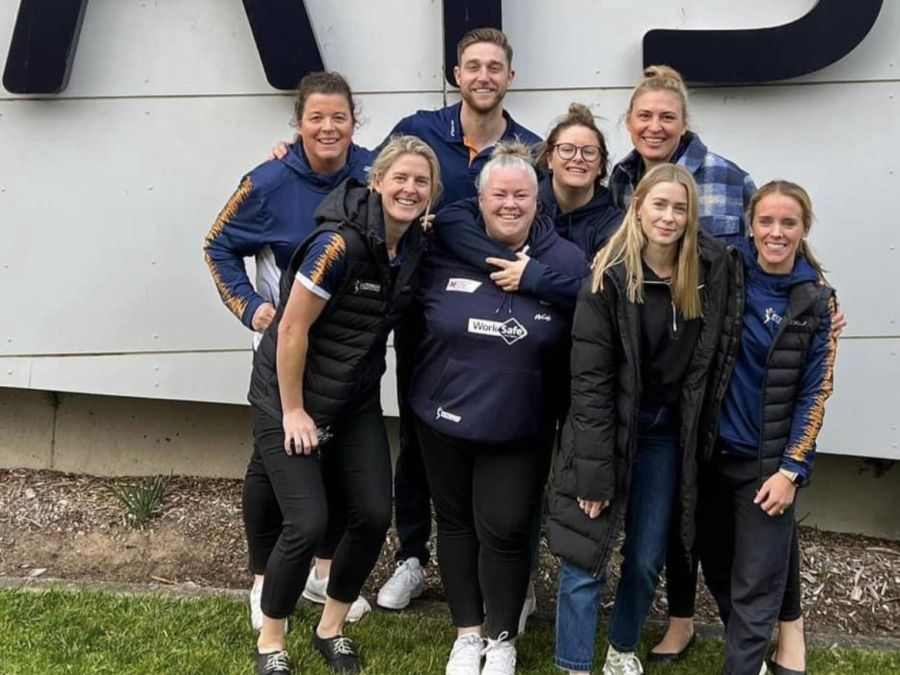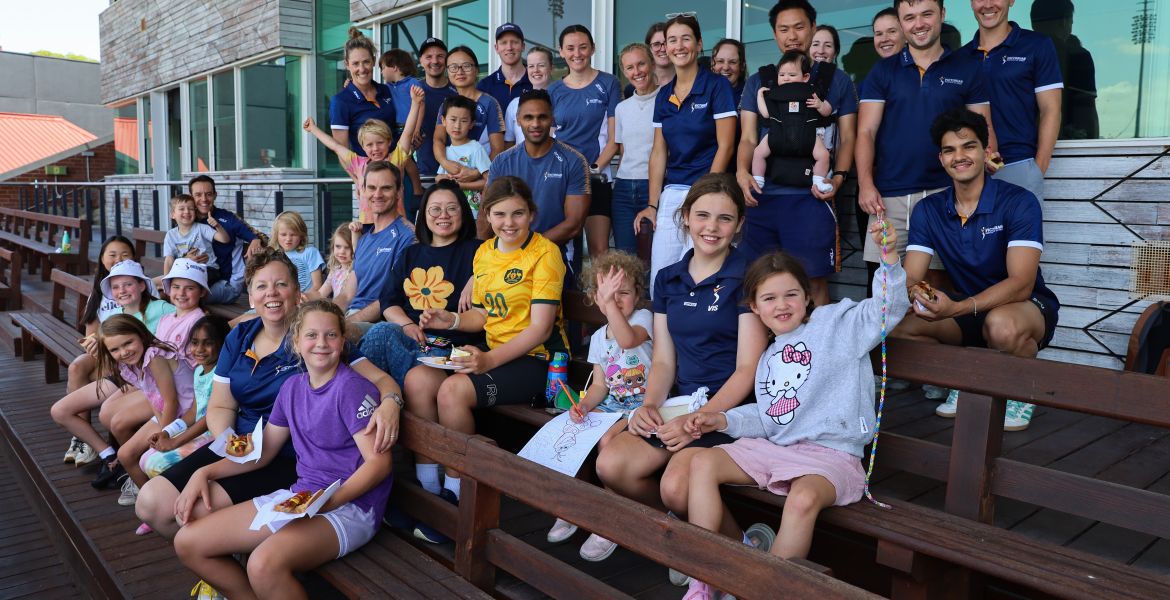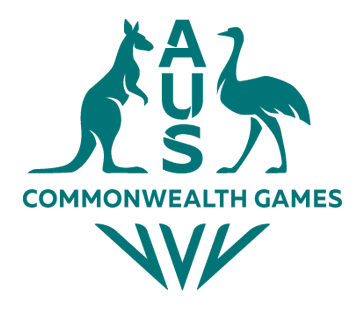The consideration of wellbeing in the preparation of high-performance athletes is now a given. It wasn’t always the case.
There was a time, not so long ago, when wellbeing support was something to be picked up post-career. A sort of 'perform now, address the sacrifices later' mentality.
It is now universally acknowledged that there is a symbiotic relationship between ‘wellbeing’ and ‘performance’.
The extent of this mutual dependency, however, has never been easy to quantify in the same way that research has been able to establish the benefits to performance of sport science or nutrition.
To put it plainly, it’s standard practice to research quantitative results around running speed, muscle strength or bone density.
It’s more difficult to measure an athlete’s capacity to concentrate at training because they’re financially stable.
The acceptance of the holistic view led some time ago to the creation of roles for Athlete Wellbeing Leads, or Performance Lifestyle Advisers (PLA) as they are known at the VIS.
More recently, attempts have been made to establish how, why and how much PLAs assist performance.
Deakin University, for example, has in collaboration with the Victorian Institute of Sport completed exploratory research on athlete wellbeing management and its role in performance outcomes.
VIS Performance Lifestyle Manager, Leesa Gallard, and Performance Lifestyle Adviser, Pippa Temperley were involved in the project’s support network.
"Our role was to help Deakin University scope and clearly define the research parameters, so that it could be of value for people who are working within this area," said Gallard.
“We were keen to be involved. There hasn’t always been a lot of research in this area. There aren’t any fields of study at university which are purely on athlete wellbeing. There’s exercise and sport science, allied health areas, psychology, or sport as a business… however, athlete wellbeing sits at a crossroad in the middle.”
What is known is that wellbeing practitioners need the ability to build authentic and trusting relationships with athletes, coaches, teams and other support personnel, making them the proverbial ‘glue’ of the high performance support environment.
The findings from Deakin’s research advocates for how the VIS Performance Lifestyle team approach wellness.
“Performance is continuously at the core of what we are here for,” says Gallard.
"But the wellbeing of everyone is absolutely essential. It’s a shared responsibility, it’s holistic and it sits with everyone.
“The research connects the value of athlete wellbeing to key performance attributes, such as training availability for athletes, their capacity to be able to train at their best and their sustainability to stay in sport for longer.
“It’s not just providing wellbeing when someone is unwell or has ill mental health. It’s the health and architecture of the environment, in which athletes, coaches and performance support staff work in.
“We have a strong emphasis on being visible to athletes and coaches. Being present at their daily training environments and available for a conversation, which we find more impactful than if an athlete was to book an appointment to see us.”
In terms of the return on investment in athlete wellbeing practitioners, Gallard recognises that it’s difficult to measure.
The study noted that there’s already research to support wellbeing influencing job performance in the wider workforce. This knowledge estimates that for every $1 invested in workplace wellbeing, there is a $3 - $6 return on investment.
Deakin’s research found qualitative support for wellbeing improving the effectiveness and efficiency of the high performance sport system.
Specifically, adopting a proactive approach to wellbeing early in athlete careers and integrating wellbeing management into high performance support services can increase the effectiveness of these environments.
Effective wellbeing management can also make the investment in high performance sport more efficient.
Retaining high performing athletes – by reducing ‘code-switching’ to professional sports, addressing burnout to extend careers, and by encouraging athletes to return and share their knowledge after retirement – makes the sport system more efficient and able to realise the goals of Australia’s high-performance strategy.
However, the study also highlights challenges faced by wellbeing practitioners, including resource constraints and increasing demands, calling for a recalibration of support structures and strategies.
Gallard hopes the study will provide external validation and evidence to what’s already happening, or ways that can improve the profession in the future.
"It's of great value to have external eyes looking in, and will provide insights to reflect, review and synthesise recommendations and discussion points for decision makers in the high performance system.
"It links closely to the high performance 2032 Win Well strategy which has a strong focus on winning and performing with an emphasis on the wellbeing and sustainability of people.
“In line with the Win Well strategy, it provides intelligence-informed information that will support decision making around the structure of athlete wellbeing in the wider system, but also the practice of national sporting organisations, national institute networks and individual practitioners as well.”
Cover image: VIS Performance Lifestyle team, left to right, Performance Lifestyle Manager, Leesa Gallard, Performance Lifestyle Advisers, Rachael Lynch, Sam Waters, Kim Gray, Pippa Temperley, Sarah Thompson, Eloise Southby-Boyle and Stephanie Moorhouse.






















